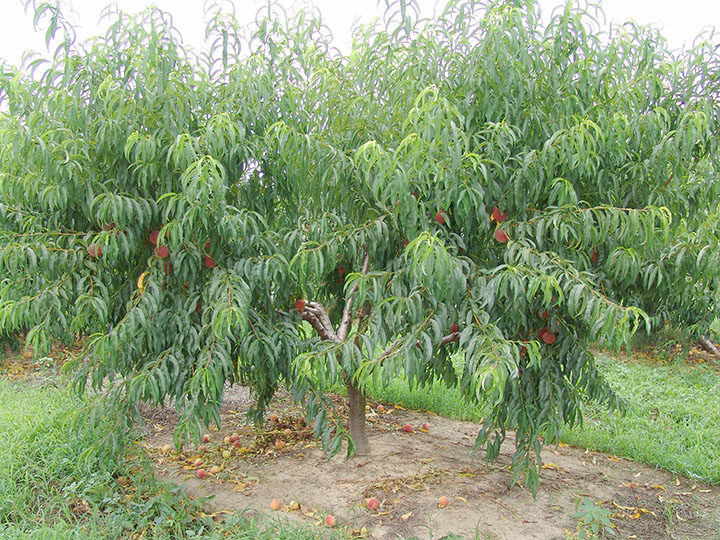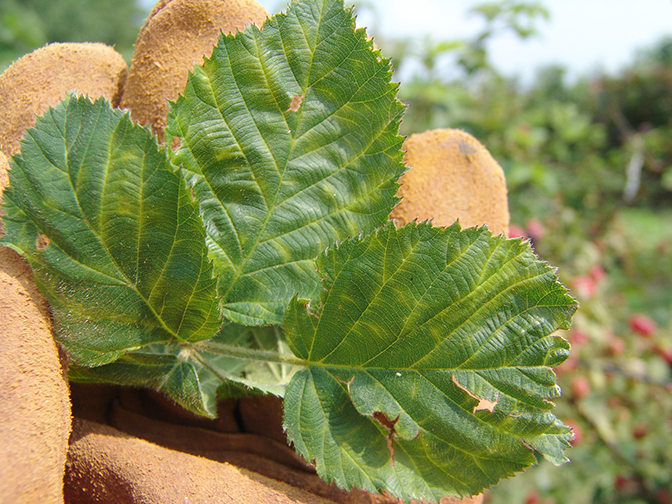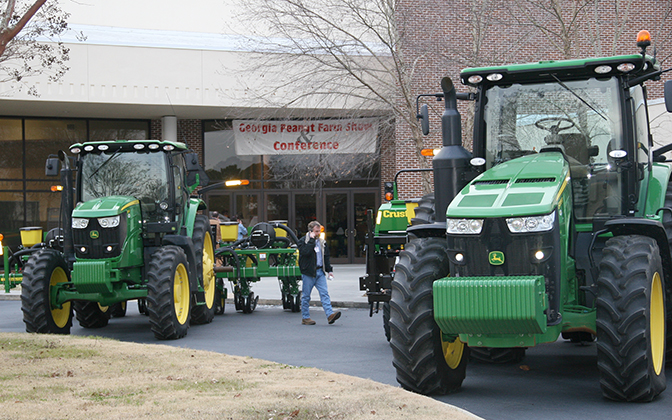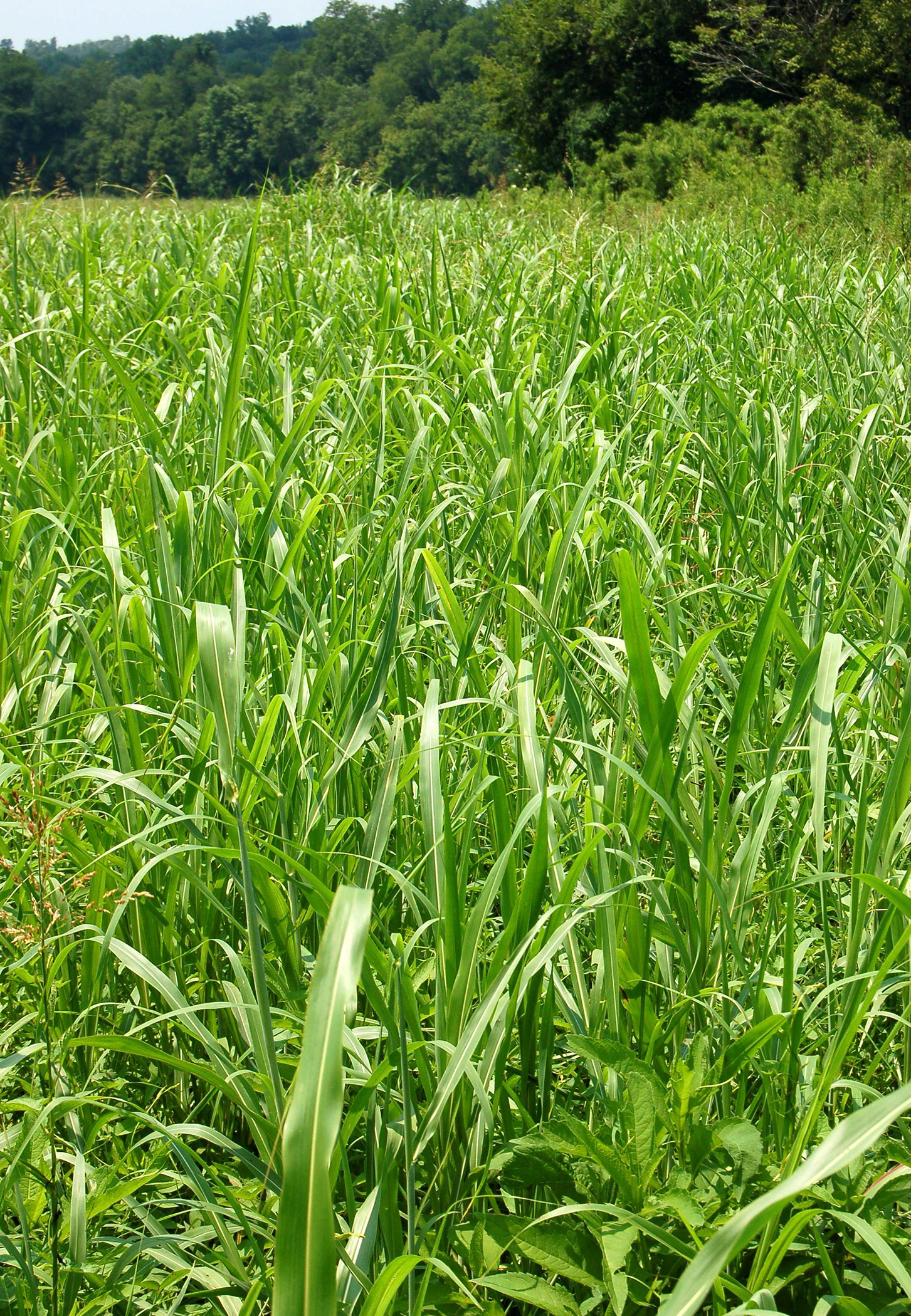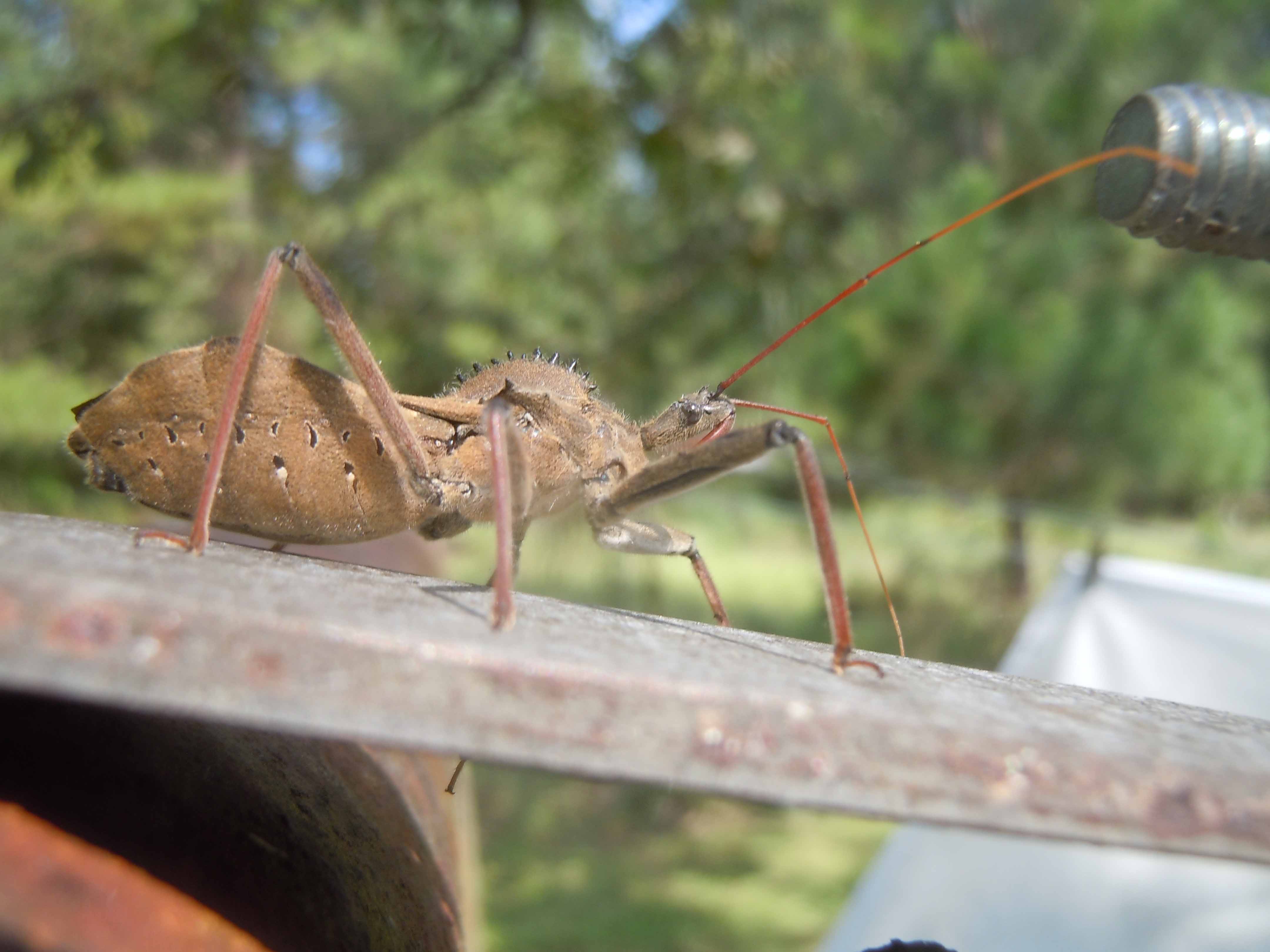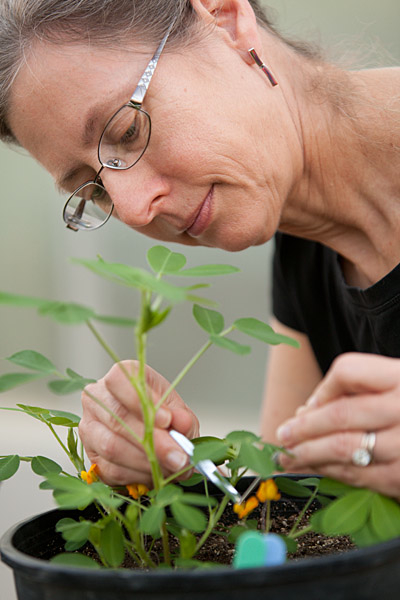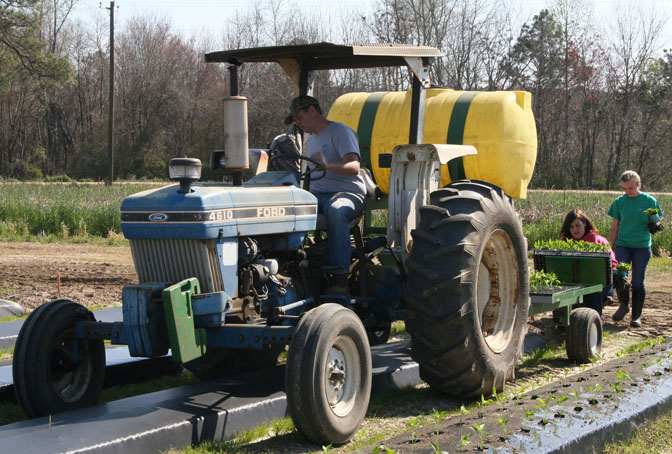 CAES News
CAES News
Drift Complaints
Complaints over off-target movement of chemical applications went down 48 percent from 2014 to 2015, but Georgia farmers must better understand the factors that influence drift, according to University of Georgia weed scientist Stanley Culpepper.

